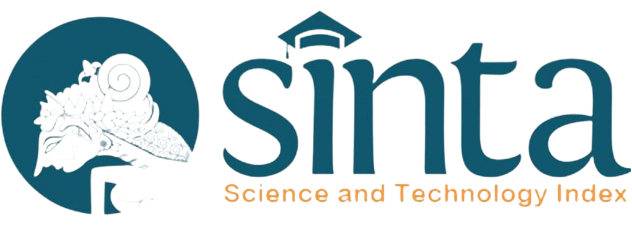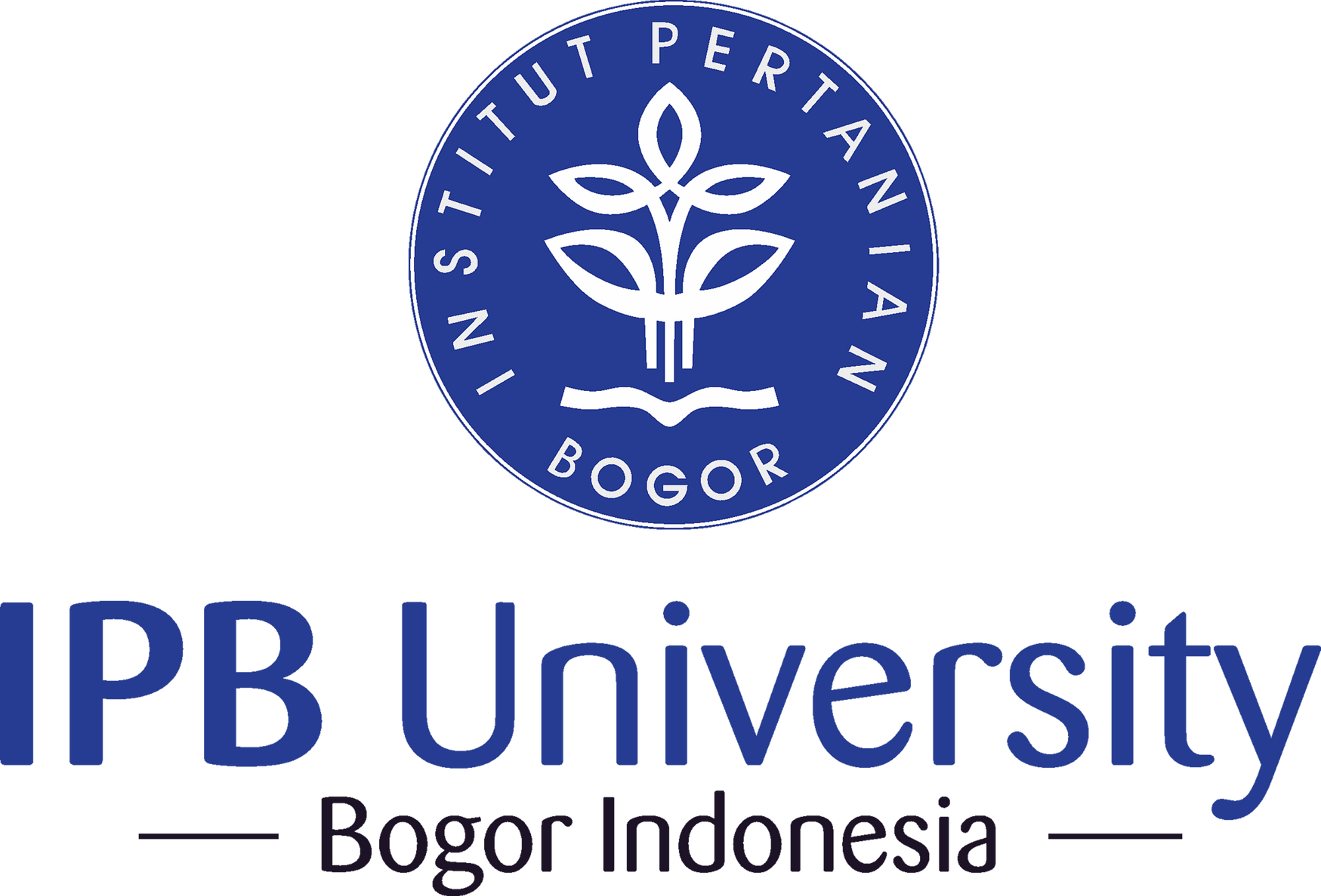Pemantapan Satuan Panas sebagai Kriteria Panen Pisang Raja Bulu
Abstract
The determination of the harvest time for Raja Bulu banana based on the age of the fruit causes the post-harvest ripe quality is not uniform between bunches. Determination of more precise harvest criteria has been carried out by converting the age of the flower anthesis to fruit harvest to the accumulated heat unit and obtaining the optimum heat unit accumulation of 1400 oC days in Raja Bulu banana plantations in the low lands (± 10 m asl). To confirm these results, an experiment was carried out with a complete randomized block design of 3 anthesis times with one week intervals with 4 replications at heat units of 1400 oC days. The anthesis flower tagging was carried out at Parakansalak Garden, PTPN VIII, Sukabumi (670 m asl) In July 2018. Postharvest observations were carried out at the Postharvest Laboratory of the Department of Agronomy and Horticulture, Faculty of Agriculture, IPB. The heat unit accumulation of 1400 oC days was achieved at 88 – 91 days after anthesis. The postharvest ripeness (skin color scale 6) was reached at 11 – 14 days after harvest. At the similar ripe level, the difference in anthesis time did not affect the postharvest ripeness criteria for Raja Bulu banana fruit which included shelf life, weight loss, respiration rate, fruit hardness, total soluble solids, total titrated acid, and vitamin C contents.
Keywords: anthesis, fruit age, postharvest ripeness, shelf-life













